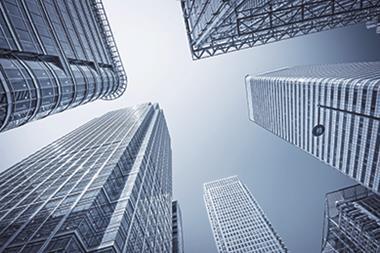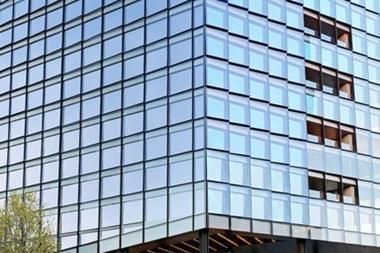There is no doubt that office life is a little different to the way it was pre-pandemic.

For those of us still in the office, or who until very recently had been, you will have noticed that Covid has made its mark on the modern workplace. Perhaps you’ll have experienced office mask mandates, Perspex screens, limits on numbers using rooms and so on, but there is also the other fairly significant issue of trying to make largely open-plan workplaces function efficiently in the new Covid reality.
By now, many of us will be familiar with the problems that ever-persistent Zoom calls with remote colleagues and clients can cause in open-plan workspaces. When some people are in-person, and some are online, hybrid life can be challenging, despite its many benefits.
Maybe you have found yourself trying to find a quiet space in the office in which to take an online meeting, but all available meeting rooms are already booked. Often it is not ideal to conduct online meetings in open-plan spaces due to noise and distractions, or potentially a real need for privacy and confidentiality. As a result, many workers with a day of online meetings in the diary are opting to WFH, rather than commute to the office.
This has led to many within the office-design sector to question if the modern open-plan office is at all suited to post-pandemic office life.
One of the options being discussed is the re-introduction of individual office spaces to the workplace – most of which were phased out in recent decades – yet this is not a practical reality for many.

What is certainly required are a lot more private meeting spaces for workers to conduct virtual day-to-day activity in a safe and soundproof way, away from the buzz of the main office space. Enter the pod.
Pods are not a new concept to modern office design. They first started to appear properly in our marketplace 11 years ago. Their use had been in the ascent pre-pandemic, but in a world continuing to deal with Covid, it is likely that we’ll see their use boom even more.
Huge demand
At Bisley, we have seen huge demand for our Vetrospace pods, Finnish-designed modular booths of varying sizes that incorporate health technology, including anti-microbial lighting, anti-viral nano-coating and clean air ventilation. They have quickly become one of our most-talked-about products and with good reason. Not only do they provide employers with flexibility when designing their office spaces, but they leave no room for bacteria, poor air quality or noise distraction. Additionally, their glass walls mean workers feel both part of the office environment and separate from it, as the need arises.
When workers started to return to the workplace in 2021, the pod orders started rolling in from corporate clients. Eversheds in Manchester is one customer in the UK that now uses our health pods and we have supplied $3m of them to a major US banking corporation in key cities in New York, New Jersey, Ohio, Florida, Texas and California.
As we all collectively continue to navigate emerging variants, it will be interesting to observe the adoption of pods in our workplaces across the country. Will employers take the plunge and invest, or wait it out in the hope that life goes back to ‘normal’?
Either way, as a tool for modern office design, I believe that the pod has become a permanent part of our furniture, and pandemic or no pandemic, they are an effective tool in designing a flexible and functional contemporary workplace.
Robin Bayliss is group sales director at Bisley





























No comments yet